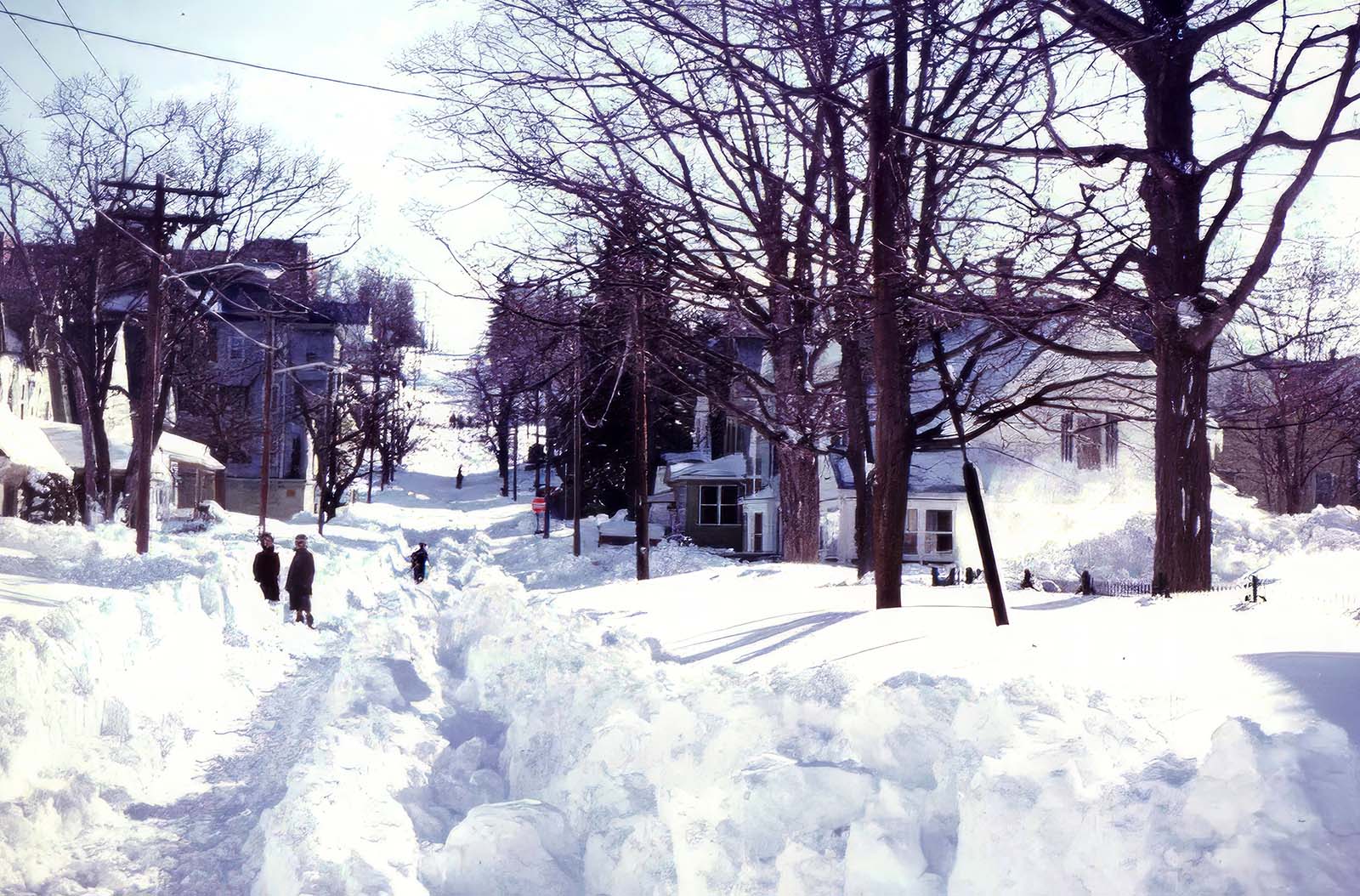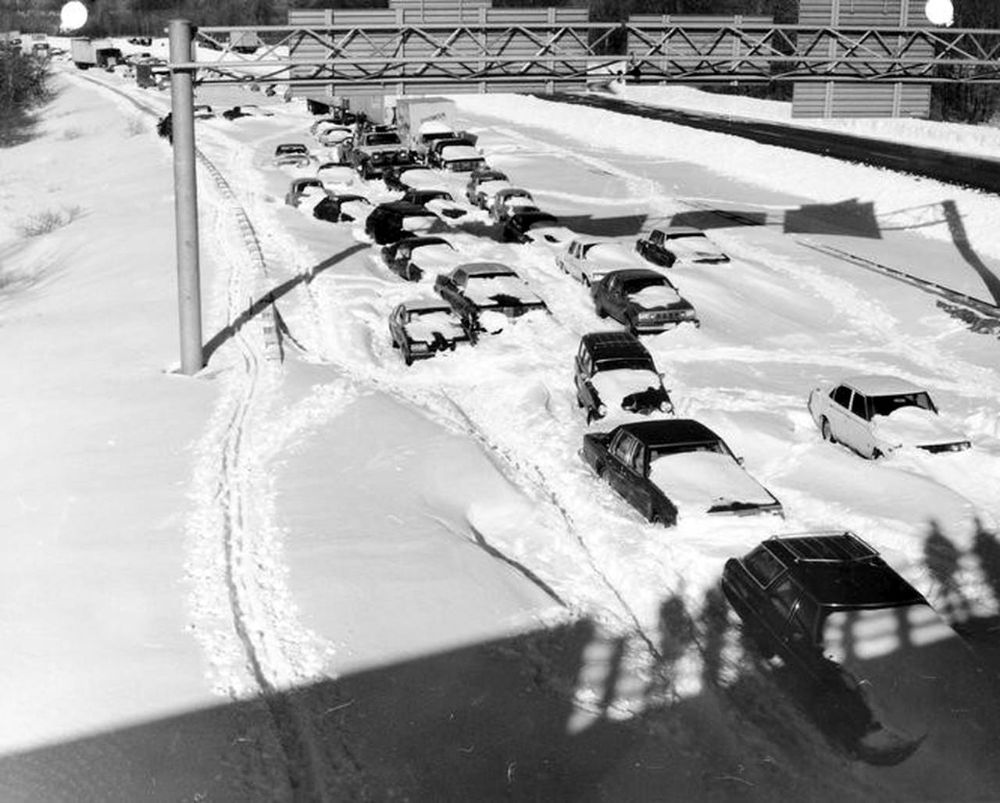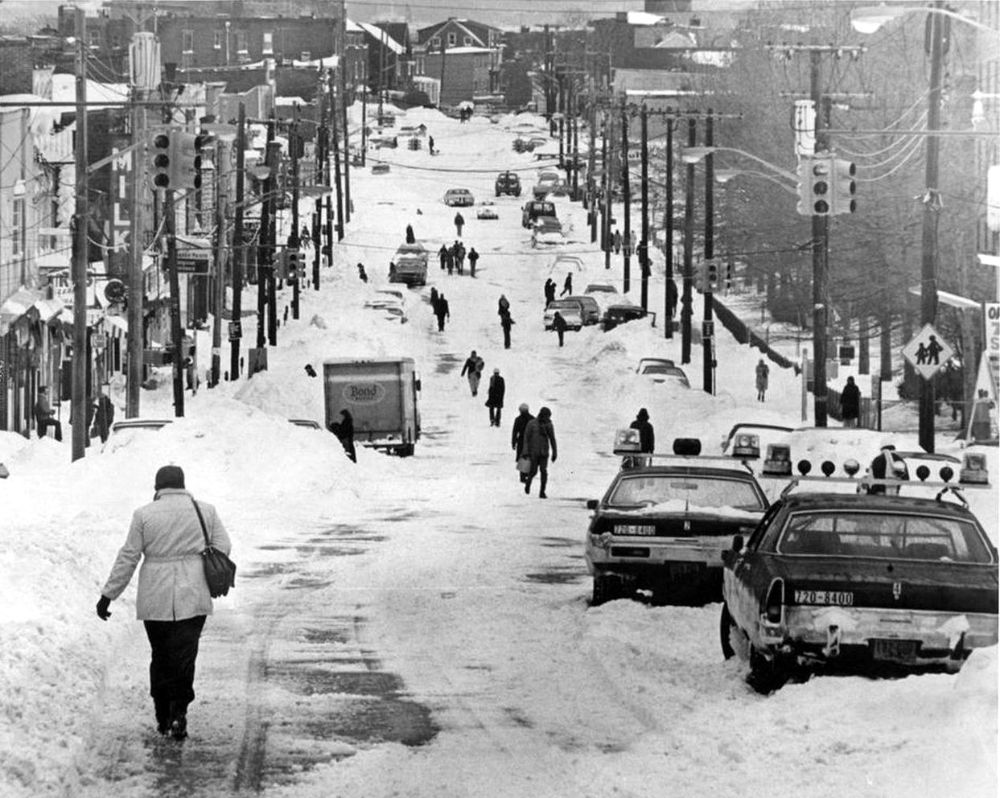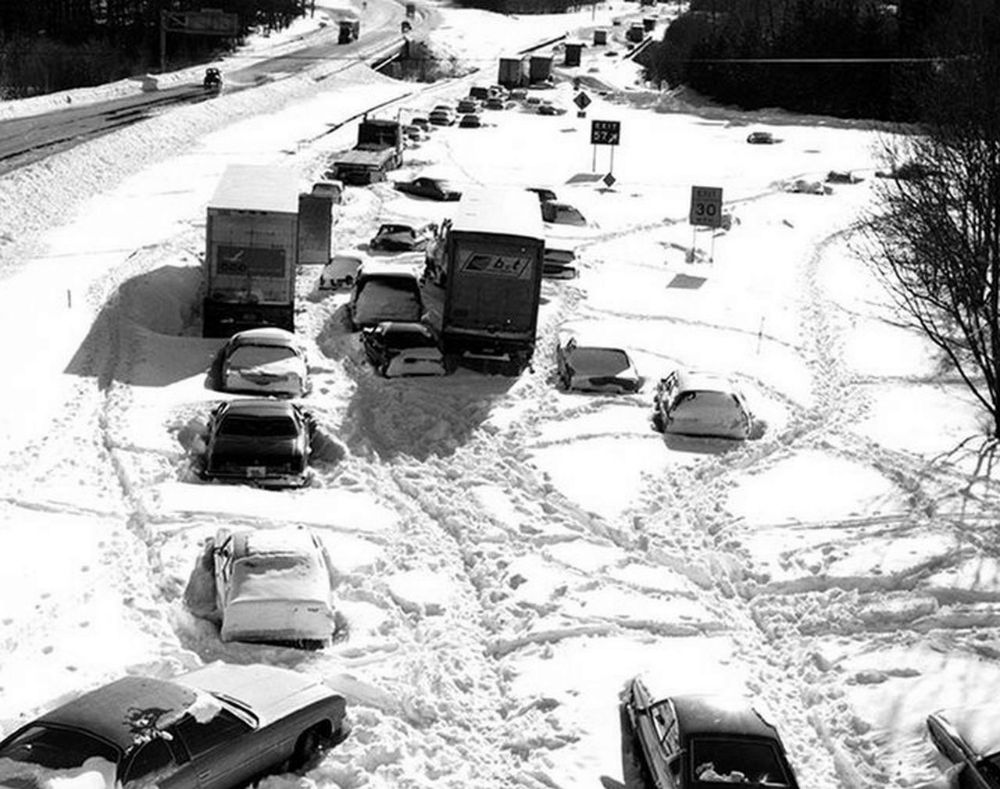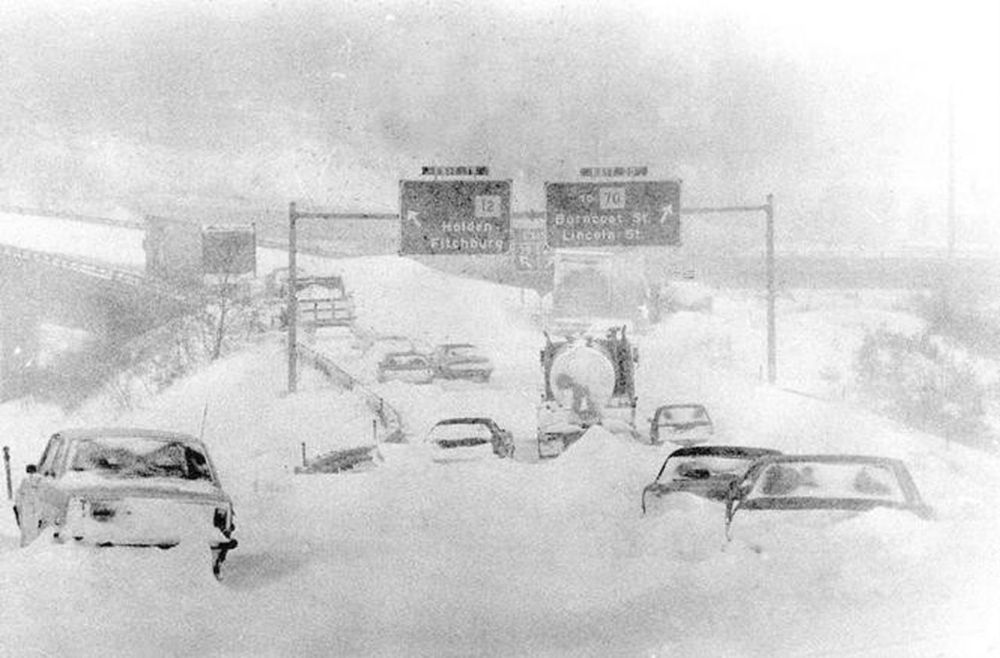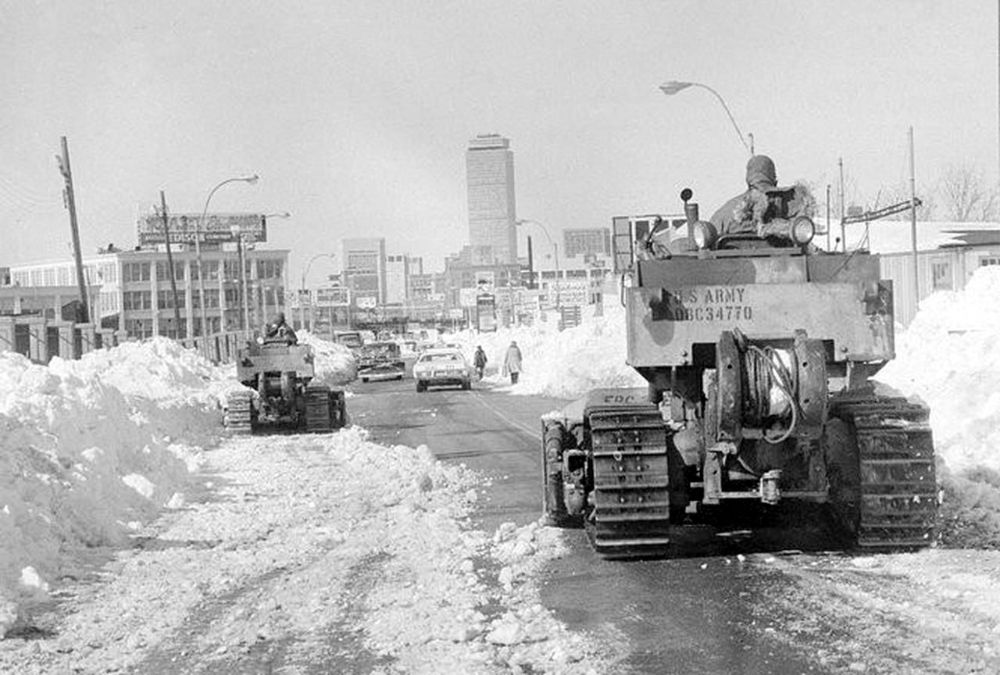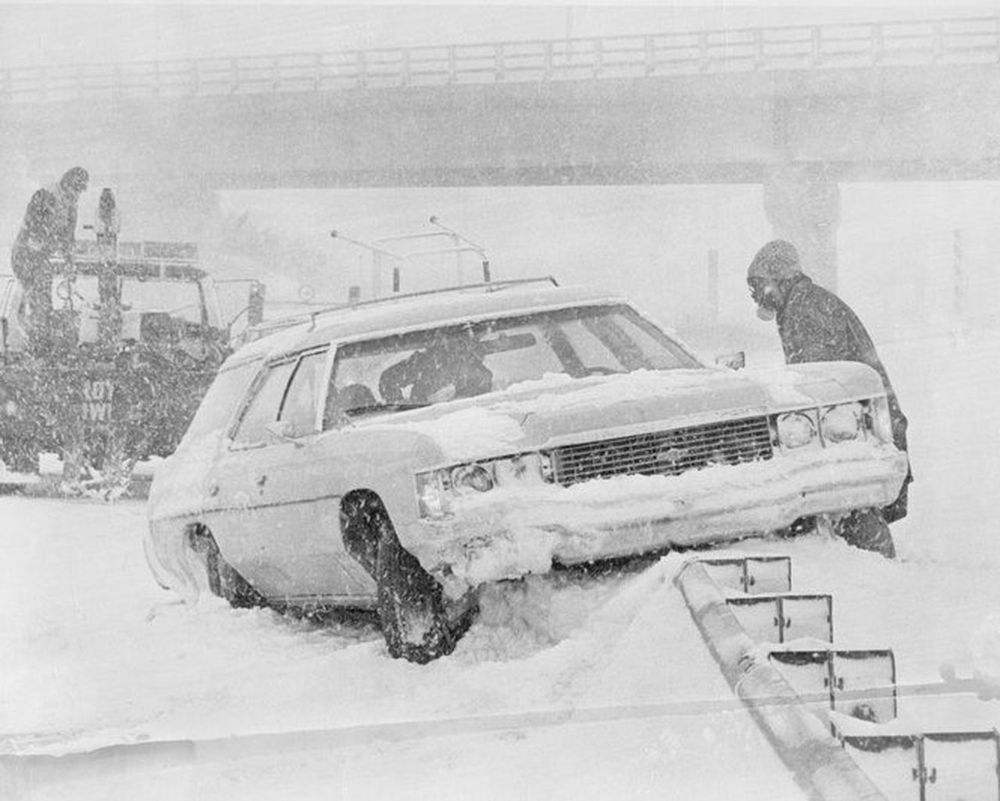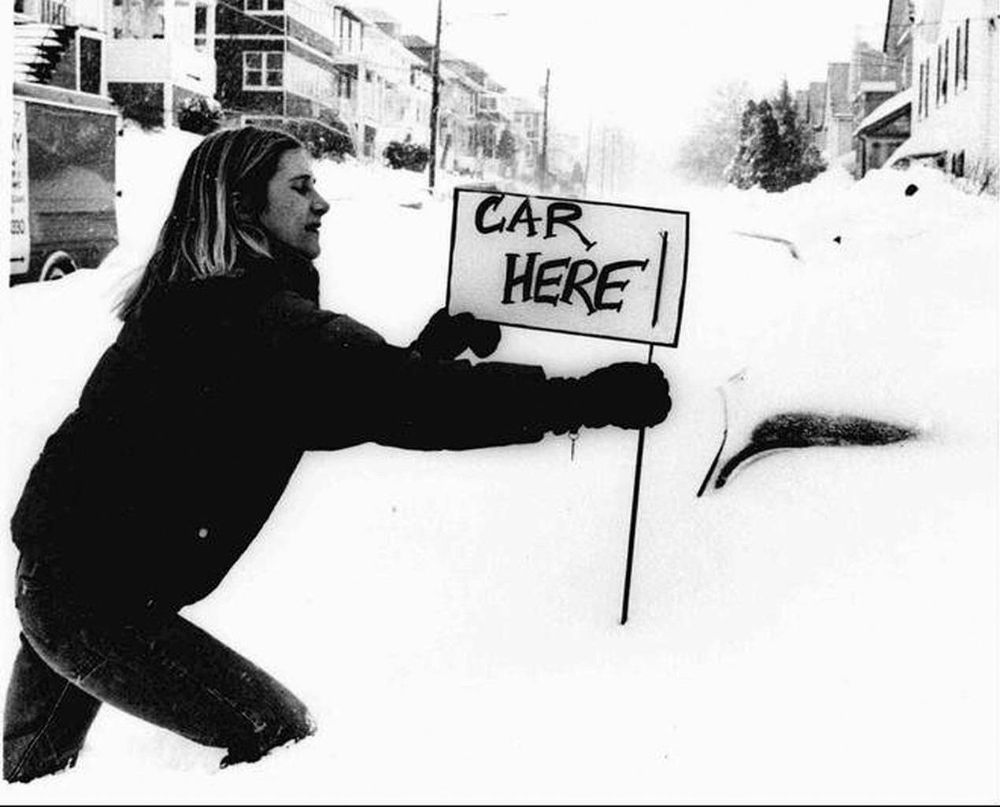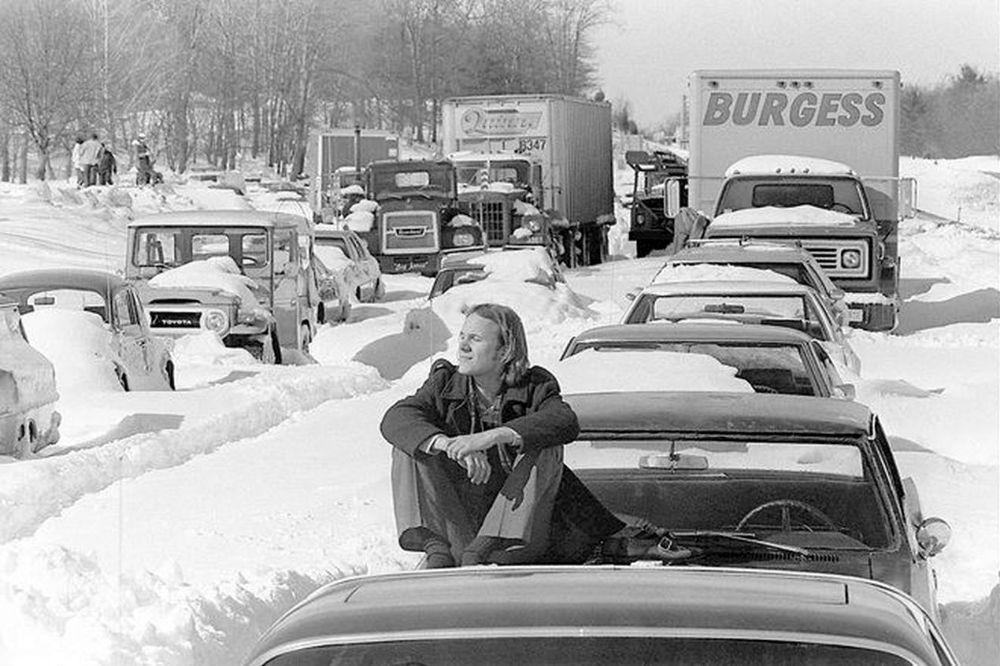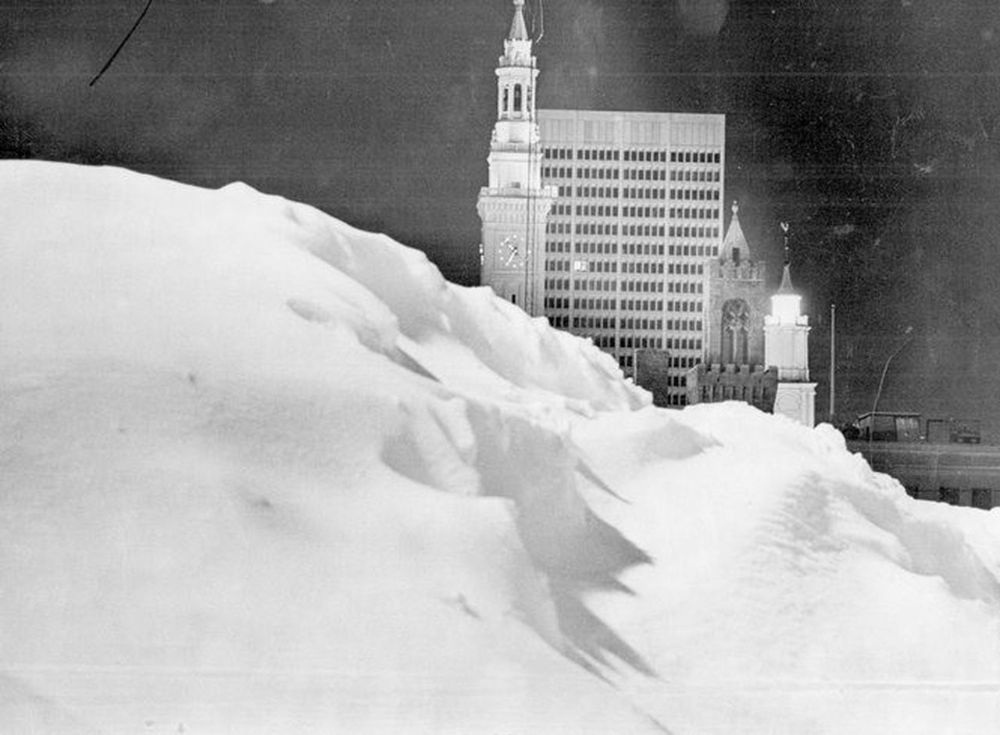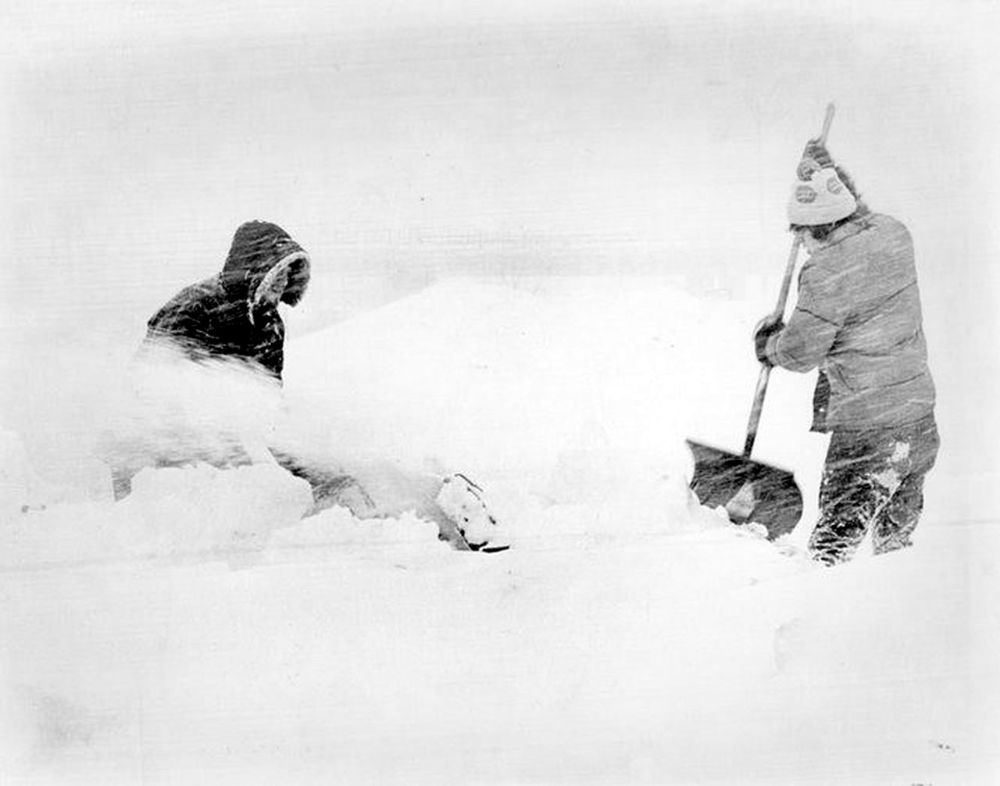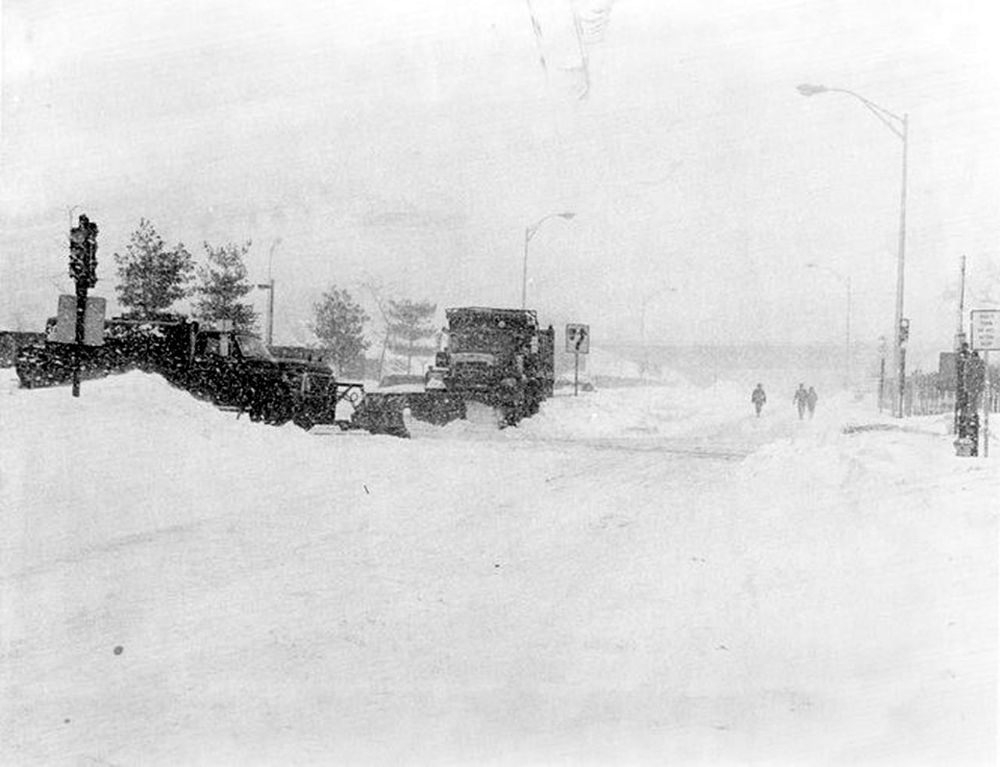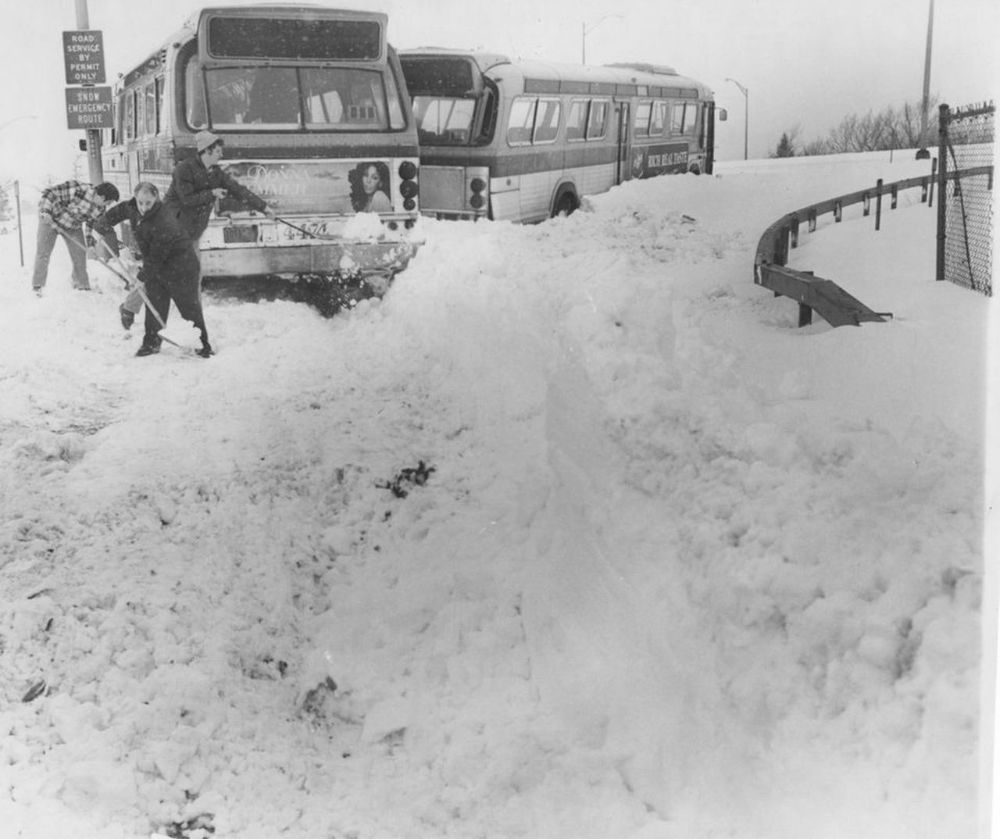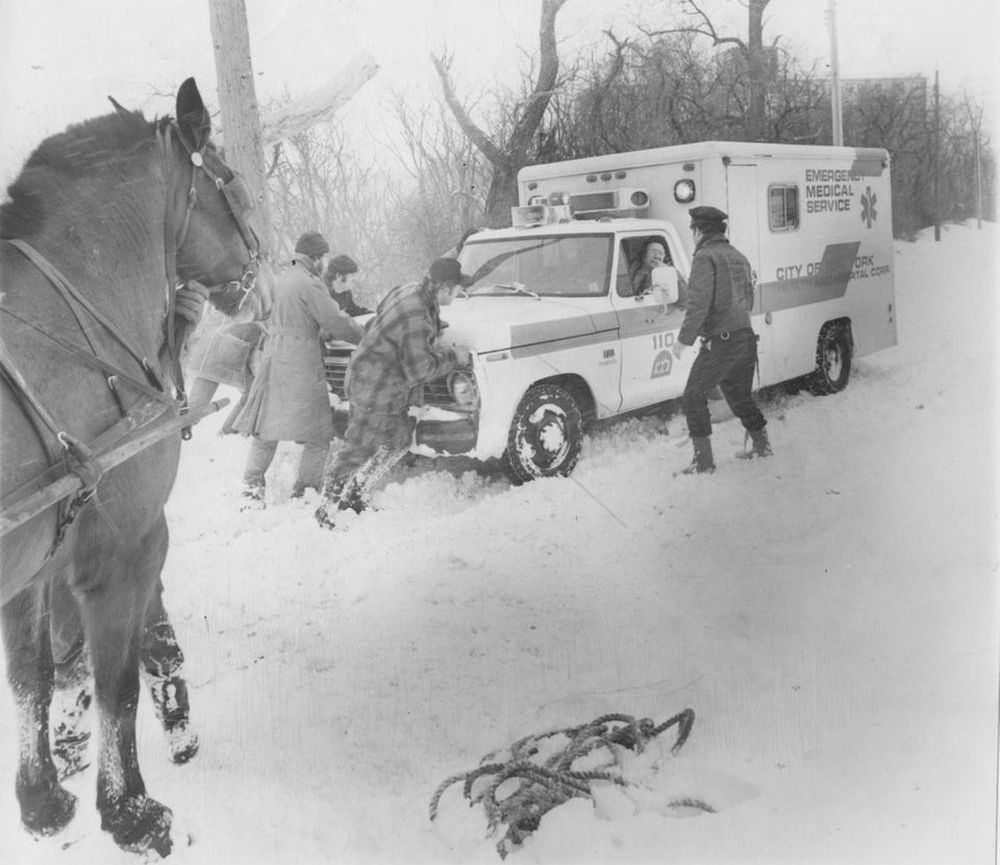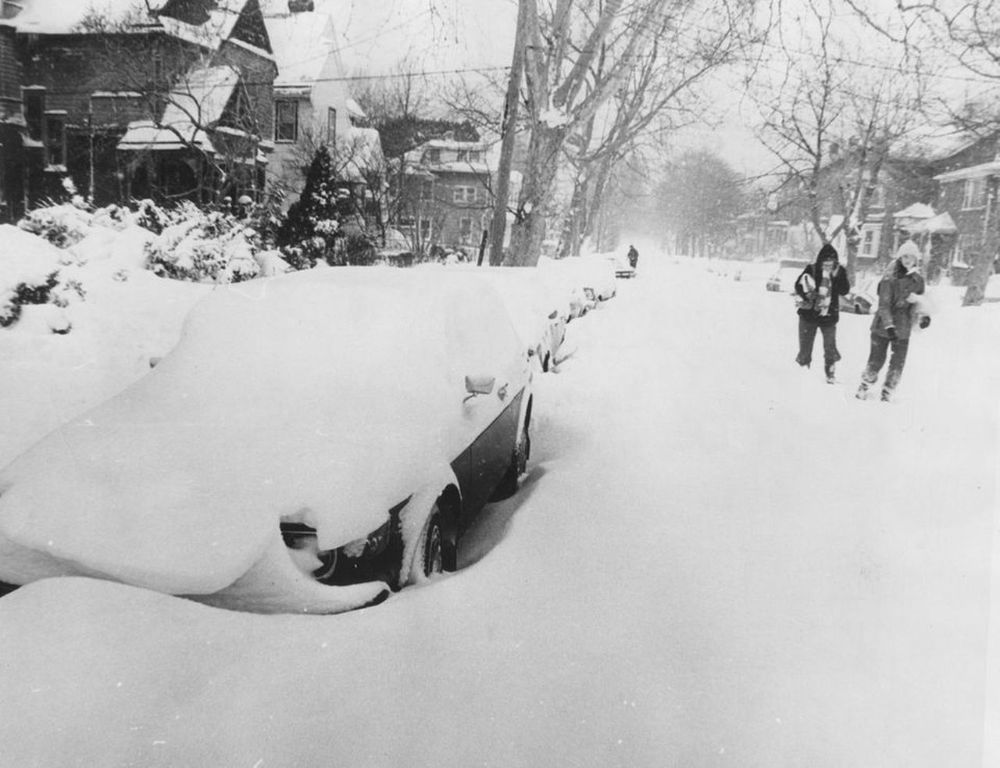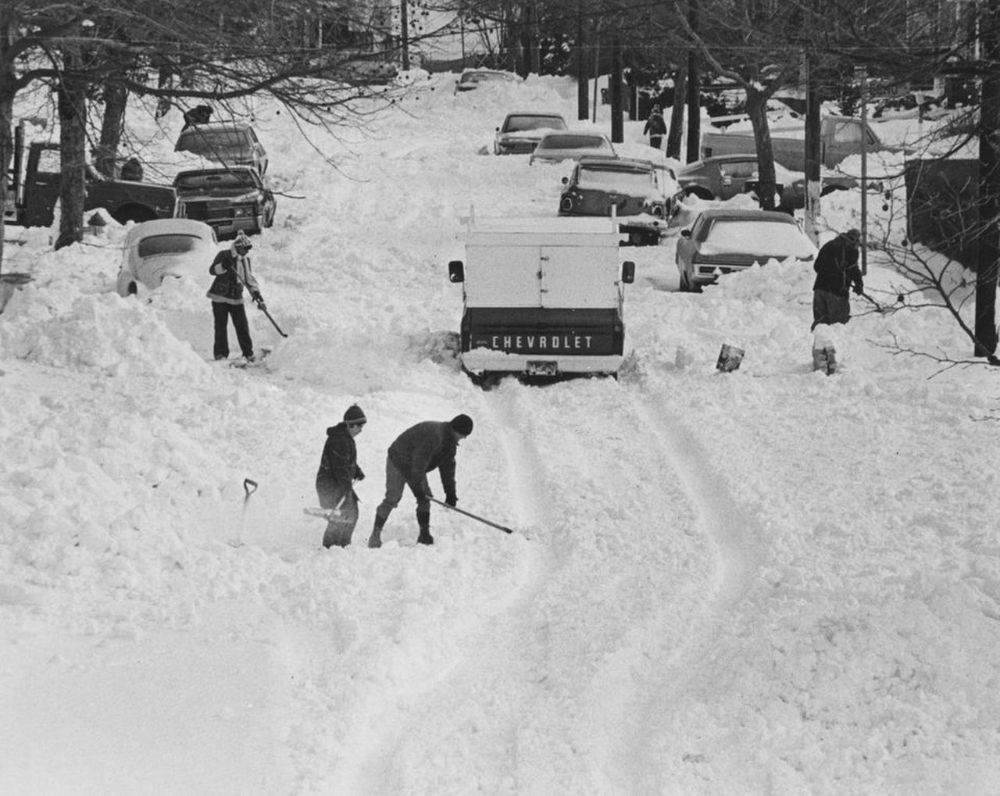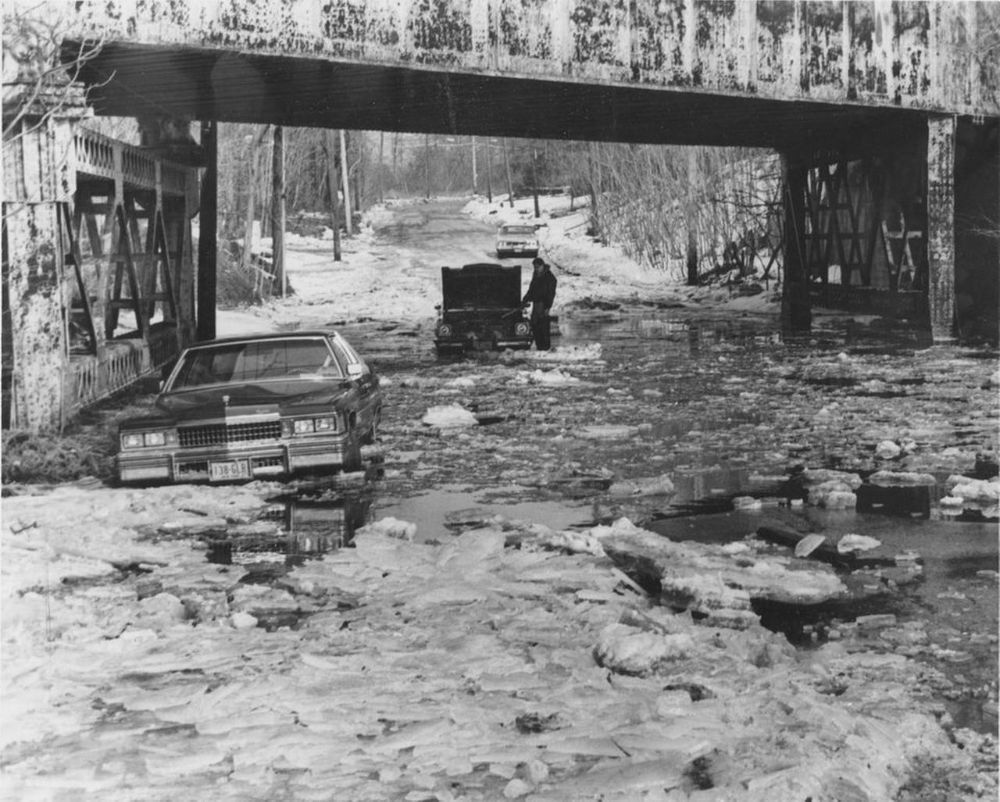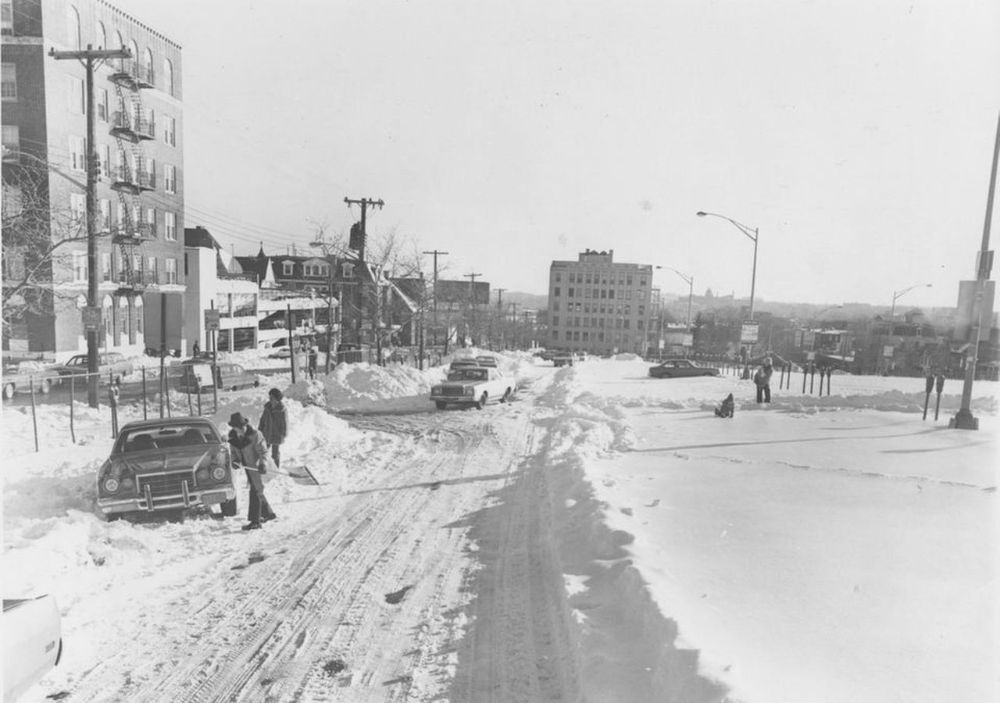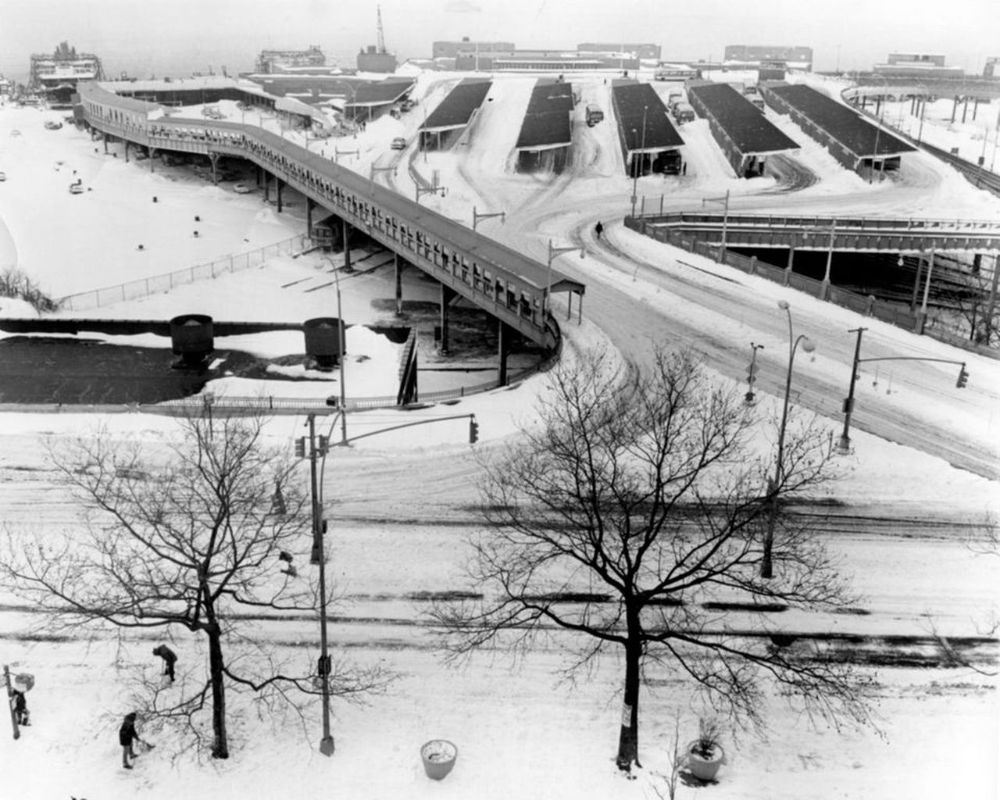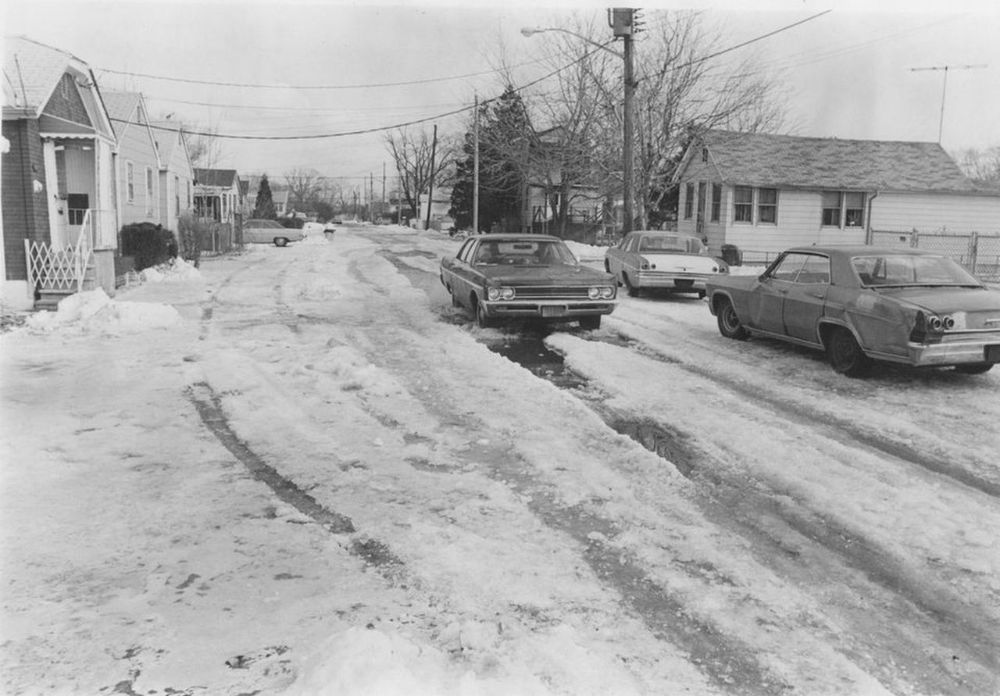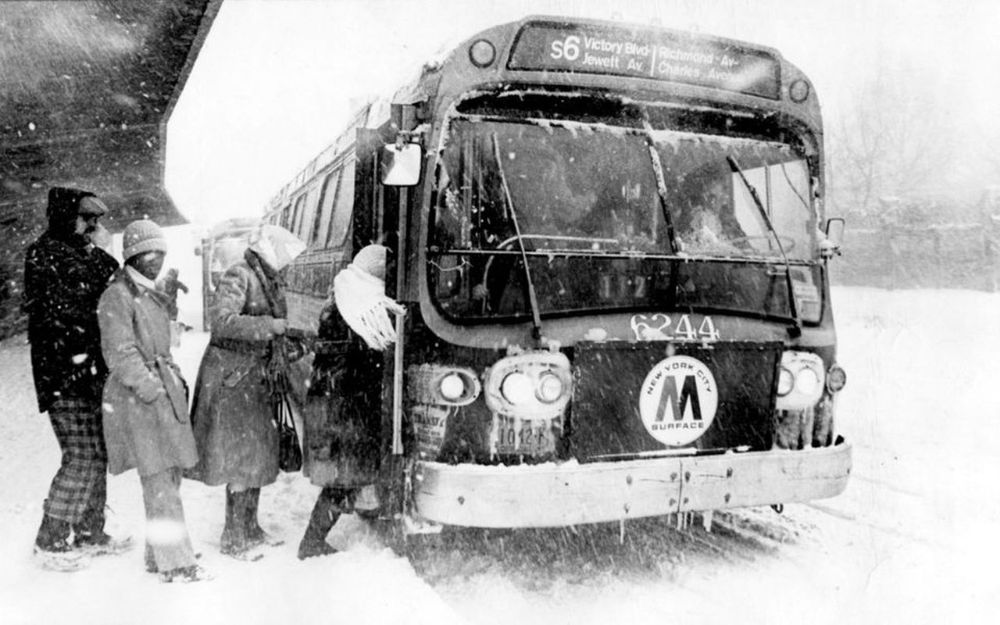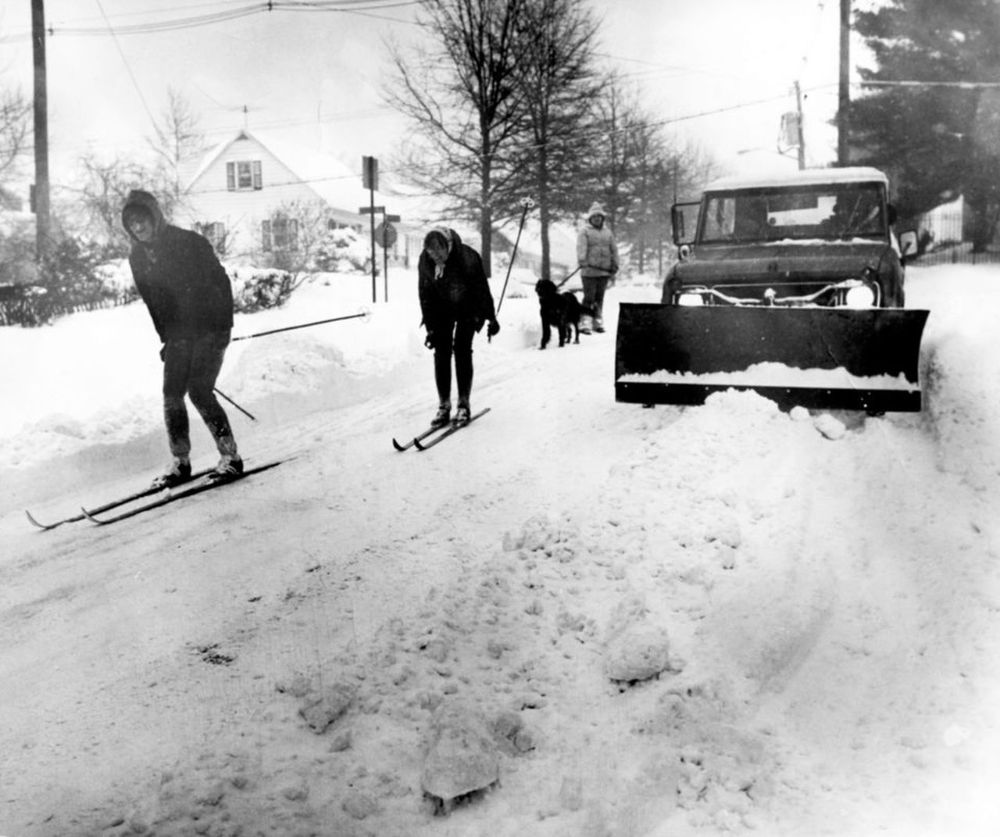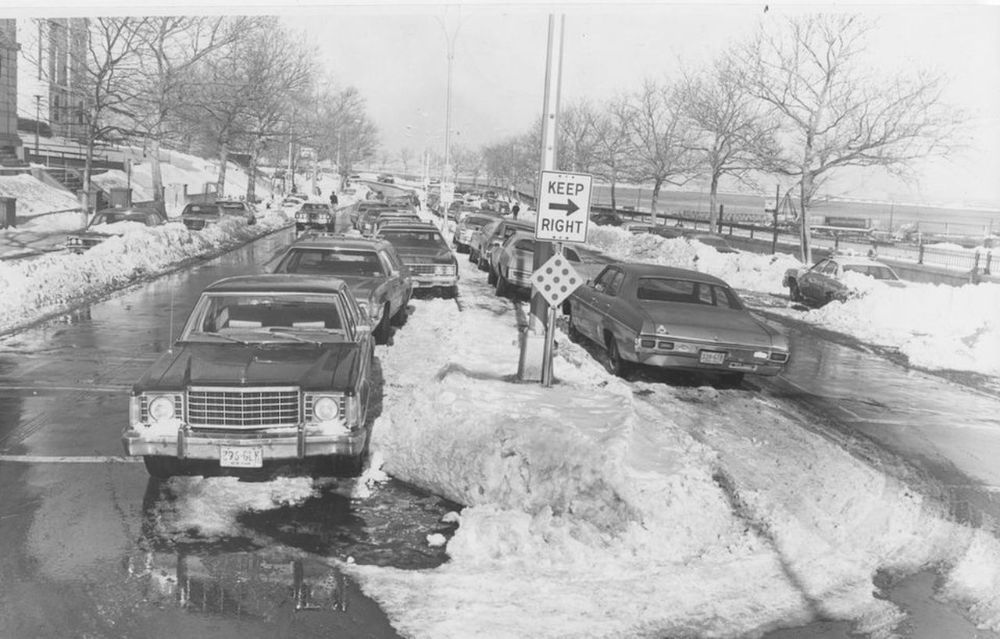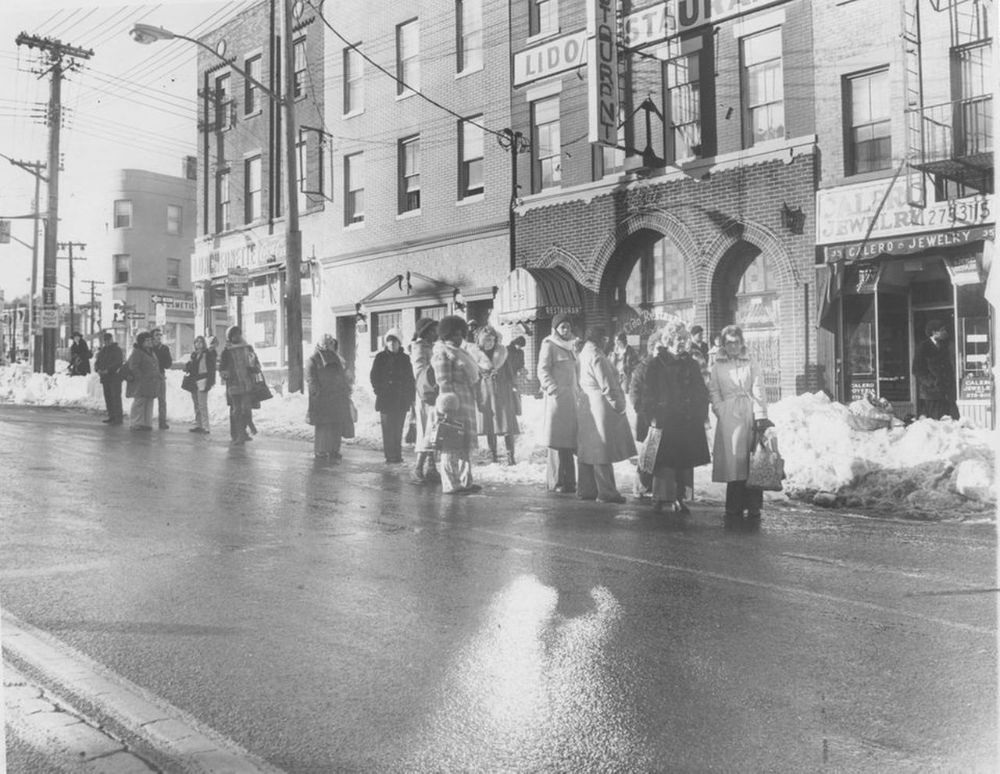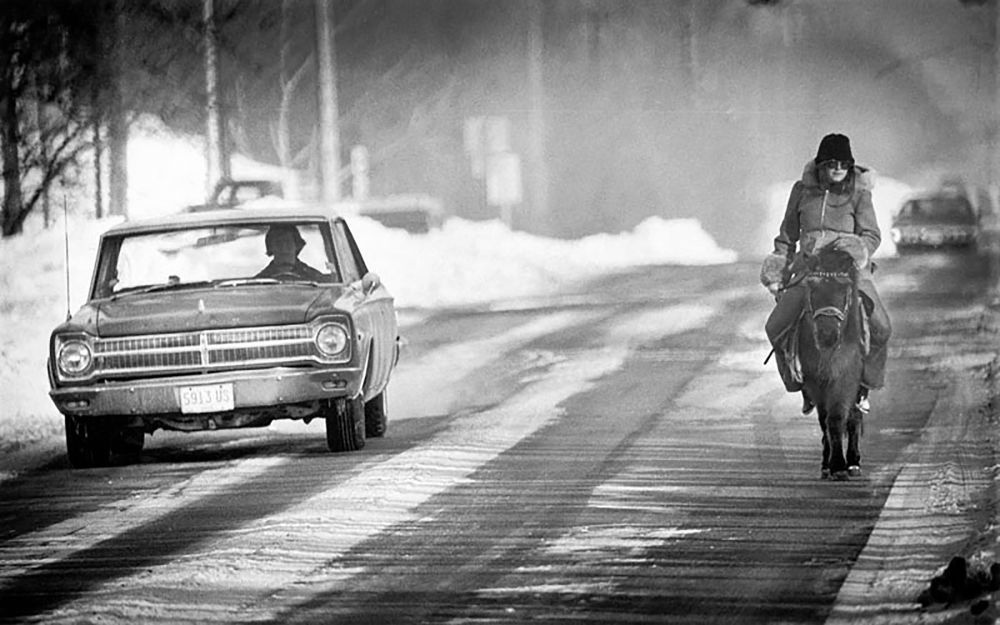This powerful storm emerged on Sunday, February 5, 1978, and persisted until February 7. Boston faced an unprecedented snowfall, registering a record-breaking 27.1 inches (69 cm), while Providence also set a record with 27.6 inches (70 cm). Atlantic City witnessed its all-time storm accumulation of 20.1 inches (51 cm). In Chester County, two suburban towns near Philadelphia experienced 20.2 inches (51 cm) of snow, and the City of Philadelphia received 16.0 inches (41 cm). The aftermath was profound, disrupting almost all economic activities in the hardest-hit areas. The storm’s toll was significant, claiming approximately 100 lives and leaving around 4,500 individuals injured in the Northeast. Weather forecasting in New England is difficult, and meteorologists had developed a reputation as being inaccurate. Forecasting techniques and technology had improved dramatically in the 1970s, but the public was still quite skeptical. Snow failed to arrive in Monday’s pre-dawn hours as predicted, and many locals felt it to be another failed forecast. Because of this, people had neither time nor incentive to prepare. The region was already reeling after storms in January 1978 that left nearly two feet of snow in some areas of New England, and had caused the collapse of the roof of the Hartford Civic Center. Massachusetts had a protocol in place for alerting major employers to release employees early during severe storms. Starting in the early afternoon of February 6, thousands of workers were sent home, yet many others remained caught in the storm’s grip. The impact was profound, with some individuals stranded for several days. Numerous people found themselves stuck in their vehicles along roads throughout New England. Tragically, fourteen lives were lost on I-95 near Boston as the snow accumulated, preventing the escape of poisonous exhaust fumes from idling vehicles. More than 3,500 cars were found abandoned and buried on roads during the cleanup. This number excludes the countless other vehicles buried in driveways, on the sides of streets, and in parking lots. Other transportation links were disrupted and shut down throughout the region, stranding public-transit commuters in city centers. Rhode Island faced one of its most severe blizzards in history, taking both residents and the state government by surprise. Despite Governor J. Joseph Garrahy’s directive for an emergency evacuation of all public buildings just before noon on February 6, a significant number of people were unable to comply promptly. The impact was particularly severe in Providence County, Rhode Island, with towns like Lincoln, Smithfield, Woonsocket, and North Smithfield reporting snow totals exceeding 40 inches (100 cm). In New York City, it was one of the rare times that a snowstorm closed the schools; the New York City Board of Education closed schools for snow again only once in the next 18 years, on April 7, 1982. Most suburban districts in the area close for snow several times each winter, but they rarely do in the city itself because of relatively easy access to subways, whose ability to run is not appreciably affected by moderate snowstorms. The storm trapped many individuals while driving, while others found themselves stranded in their homes and workplaces. Snow drifts, reaching up to 15 feet (4.6 m) in some places, blocked exits, posing significant challenges. Notably, those who fell ill or sustained injuries during the storm had to be transported to hospitals by snowmobile. Other people left their homes and went for help by cross-country skis and sleds. (Photo credit: Staten Island Advance / Wikimedia Commons / Pinterest/ Flickr). Notify me of new posts by email.
Δ Subscribe
